When buying a streaming PC, you need reliability and performance that enables you to multi-task during broadcasts, playing your favourite games and engaging with your audience. Whether you need a dual PC setup, or you need advice on which processor and graphics card will ensure you don't suffer any performance issues during your stream - this guide will help you choose the right streaming PC.
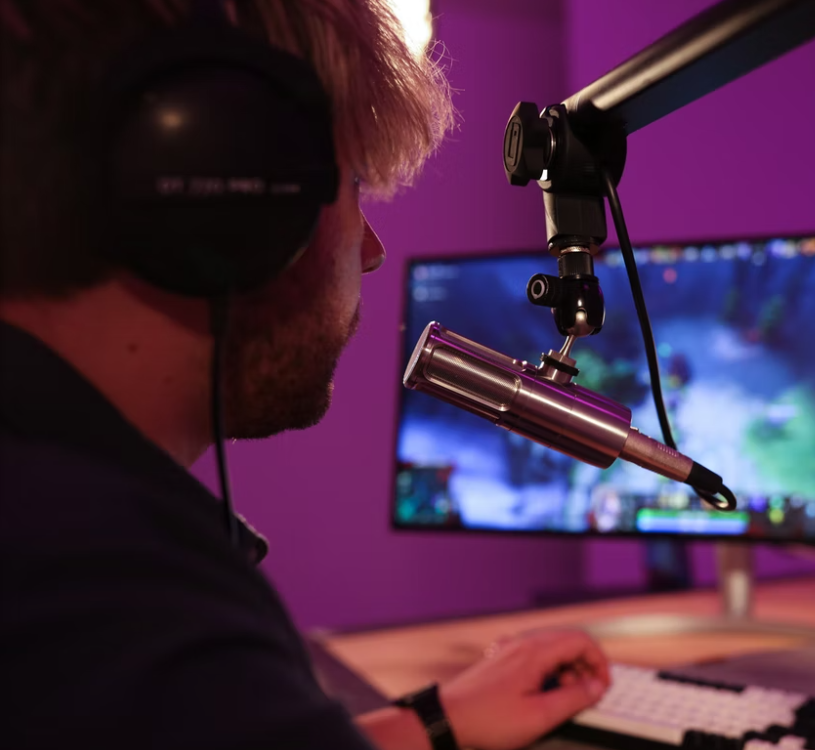
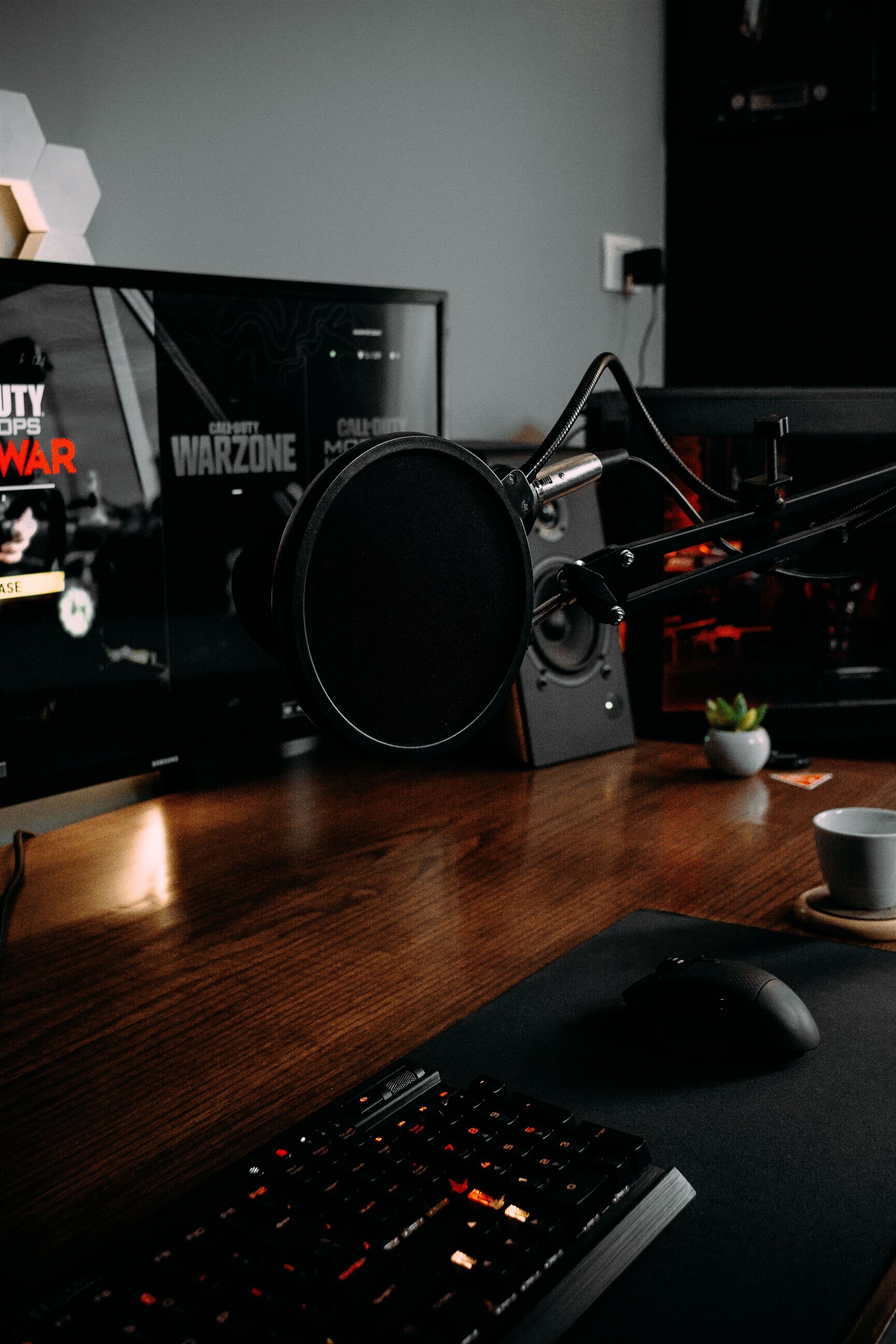
Whilst most pro streamers agree that having a powerful PC means you don't have to worry about performance, you can start streaming with an entry level gaming PC. You will be able to stream the same HD video and audio as other professional streamers on Twitch, but with a lower specification, there's always the chance you could experience lag or stuttering. This happens when your PC is unable to simultaneously encode the game stream, audio (your voice) and video (face cam) as well as playing a demanding game adequately.
Streamers need to be able to use various applications at the same time (multi-tasking) and relies on the GPU, processor and memory to have resources for all concurrent tasks. This may include Discord chat, having two monitors, having Twitch chat open, and having numerous tabs open in your browser. Multi-tasking games & apps in technical terms is called "multi-threading" and often needs to use more than one core of the CPU. Each core can handle a specific amount of processes using threads to sort out the tasks. The more cores, the more threads - and the more tasks you can do at once.
Previously, quad-core and hexa-core processors were enough to stream, but as games become more demanding, professionals agree that the entry level for streaming is much higher now. A single core will be used for streaming gaming, for example, so you want to ensure you leave lots of resources for other tasks. Essentially, you should aim for a PC that has 8 or more cores (octa-core) when streaming. This is especially true if you want to stream your face and voice as well as gameplay.
After a few months of downloading games, an increased number of background applications and other stuff taking up your storage or memory, you will be grateful you went with an octa-core CPU over anything lesser.
The specification of PCs used by pro Twitch streamers varies slightly, but usually only on processor (CPU) and graphics card (GPU). Most (if not all) pro streamers use 16GB - 32GB DDR4 or DDR5 RAM memory to ensure the processor has enough resources to handle multiple tasks. A motherboard with good audio inputs and USB 3.0 for a high quality mic & camera is also essential.
Generally speaking, an Intel pro streaming PC will have one of the newest 13th-Gen or 14th-Gen processors. For AMD systems, a Ryzen 7 or Ryzen 9 will have the power needed for HD streaming and multi-tasking. The latest 3D V-Cache processors - e.g. AMD Ryzen 7 7900X3D - from AMD also present gamers with plenty of performance while remaining great value for money.
For streaming, a graphics card no lower than an NVIDIA GeForce RTX 4060 is recommended, and an AMD RX 7700 XT would be an equivalent from Team Red.
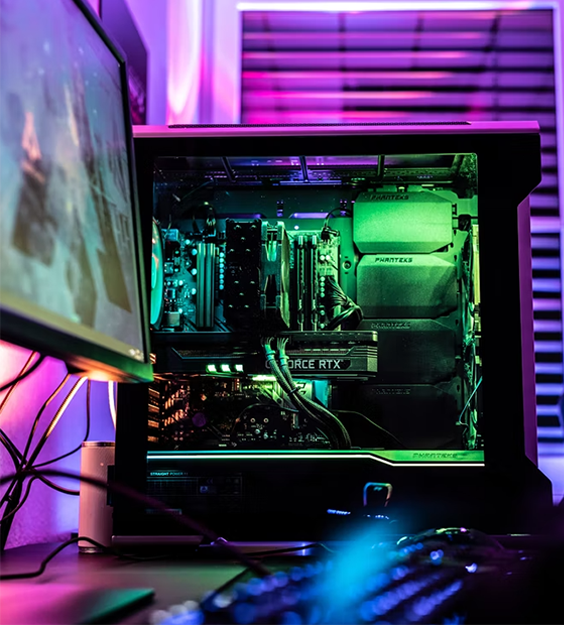
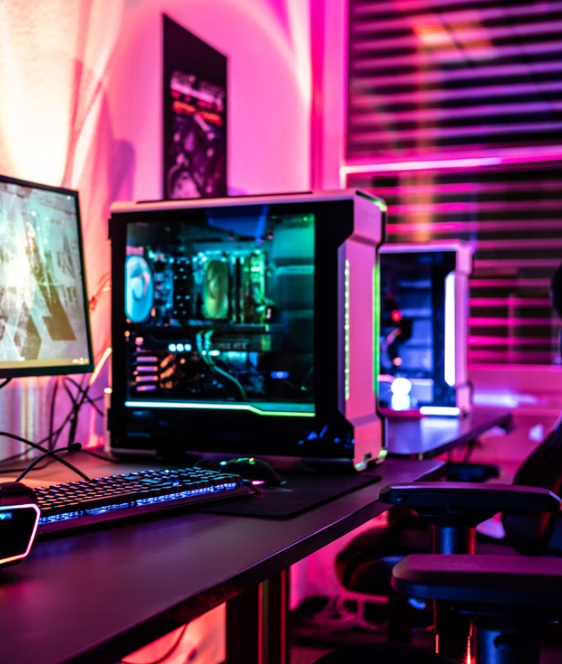
Dual streaming is a very popular method of streaming, which allows you to use one PC just for gaming and another for streaming. As you can see in the diagram, a capture card or device is needed between the two PCs to handle the inputs of video, audio and gameplay.
This type of setup is mostly used by professional streamers on Twitch and YouTube, but it is rare that you would need such an advanced method when starting out.
Two monitors are ideal when streaming. This allows you to keep your browser, Discord app, chats and workflow on one screen, while streaming your game from your main monitor. Being able to switch between tasks like this is much easier than using ALT+TAB while playing a game and interrupting the stream. As long as your graphics card supports multiple monitors, having two or more displays will make streaming and multi-tasking easier. If you prefer to use an Ultrawide monitor, and use Windows 11's Multiple Desktops feature, that's also an option (though not used by many streamers).
If you are using two or more monitors, it's a good idea to use an IPS screen, so you don't see any darkening around the edge of the display. TN and VA monitors can cause this when you are not looking straight on to the screen, and IPS offers the best experience from various viewing angles.
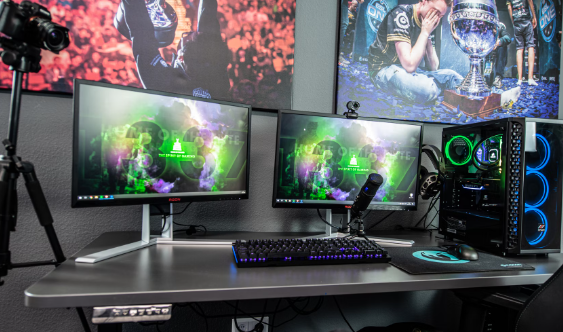
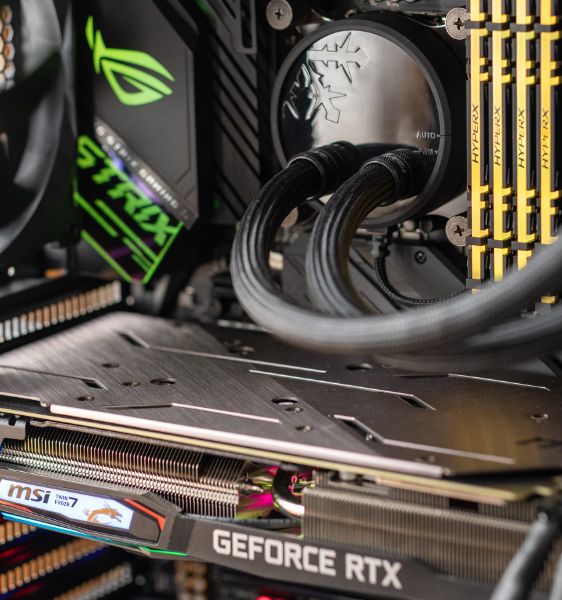
Streaming uses both the CPU and GPU. However, the amount of work each has to do is based on the type of encoding you choose. Streaming using software encoding is CPU intensive, and streaming using hardware encoding is GPU intensive. Whichever you choose, your CPU and GPU are both going to be working hard.
Both of these streaming options have pros and cons, though hardware encoding is the most common method, and relies on technologies like NVENC (from NVIDIA) to perform encoding tasks very quickly for streaming. The resulting video quality can be lower, however, as GPUs are designed to perform tasks with speed as a priority.
Software encoding using a CPU makes for a much better stream (in terms of video quality), but is very intensive on the processing resources of your gaming PC.
In either case, to ensure your video quality does not suffer at 1080p, you should have a broadband connection of 6,000kbps bit rate (upload).
It is more than possible to game and stream with 16GB DDR4 RAM, but for best results, 32GB of RAM will ensure you have plenty of memory when the workload and gaming becomes intensive.
16GB DDR4 is usually recommended in the specifications of games when you are trying to achieve the best quality, but with everything else your PC needs to do while you're streaming, having the extra RAM is almost vital. When multi-tasking, your PC will utilise the available memory, storing and accessing common data as you play and stream.
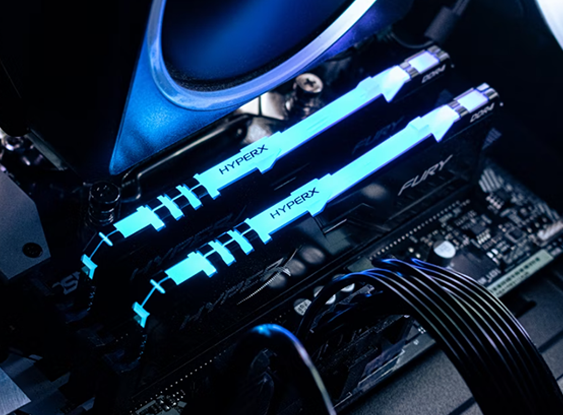
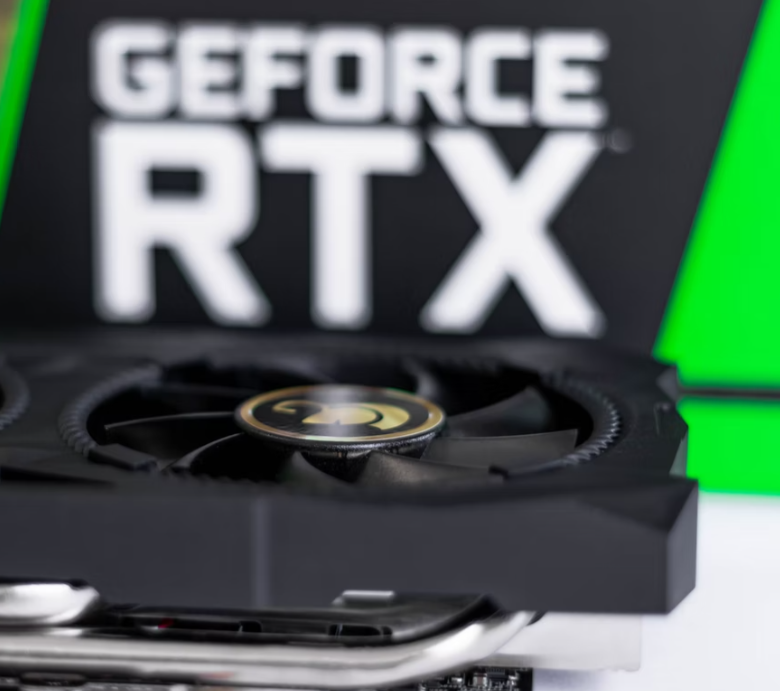
Most streamers use an NVIDIA GeForce RTX or AMD RX graphics card, which will give the best results for hardware encoding as well as gaming performance.
There are no exact figures on which GPU is most popular among streamers, but safe to say the minimum spec GPU would probably be an NVIDIA GeForce RTX 4060 for FPS, RPG and variety streamers who want to have high quality graphics in their video.
For an entry level streamer, the previous generationNVIDIA GeForce RTX 3060 and RTX 3060 Ti version are also valid pieces of kit, and will happily play Esports and competitive games at high FPS. You will also need a CPU for encoding if your GPU doesn't have NVENC support. Here is a list of all supported NVENC graphics cards if you want to check your specific GPU. When you begin to add in more elaborate stream overlays, face cam and audio, you would need to tweak settings to get the best results.
Streaming is intensive, as we've discussed, so if ever your framerate drops, this is probably due to CPU bottlenecking, as it can no longer maintain the framerate while undertaking encoding tasks.
If you use a lot of on-screen Twitch production using OBS or StreamLabs in your stream, such as animations and transitions, this can also reduce your framerate, as you CPU begins to choke on all of the processes.
With an advanced RTX (30-series+) or AMD RX graphics card (6600+), you should not have to worry about a drop in FPS, however, as these cards are tuned to ensure the encoding and gameplay are handled with enough dedicated resources.
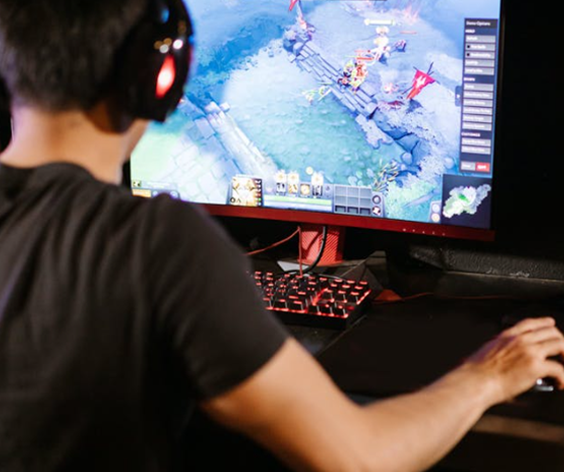
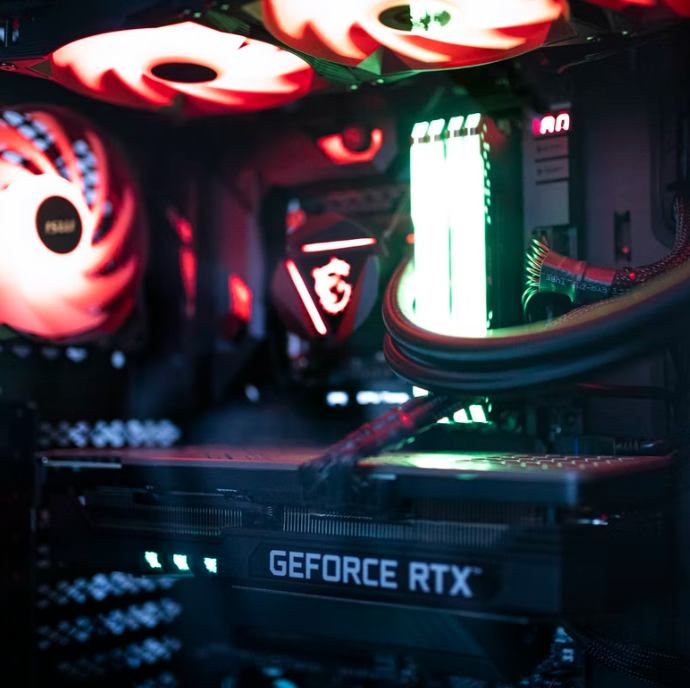
This is a contentious issue among streamers, although the data does suggest that NVIDIA technologies are much more favourable for streamers.
Video encoding using Turing and Ampere codecs means NVIDIA cards support higher-quality encoding and there is also less graphics processor usage. With the latest NVIDIA graphics cards, you will not need any CPU encoding or intervention.
That said, Intel Arc GPUs use the AV1 coding technology - which shows excellent promise for streaming.
Encoding is required to stream. This is the process of turning all of your raw gameplay capture, video capture and audio data into a compressed version which can be understood by Twitch or YouTube's receiving software on the other end.
Really, you only need software such as OBS or StreamLabs which are free/open source, and more than enough to run a professional stream. There are other solutions, but the sheer volume of users has enabled regular and meaningful updates to both OBS and StreamLabs, so they are both extremely premium products in their own right.
We recommend using the Streamplify range of products if you are a beginner in streaming; a brand known for affordable high quality streaming equipment and bundles. Elgato, Razer and AverMedia also offer excellent microphones that are intended for streaming use.
Notably, the Avermedia AM330 is a superb quality mic which can be tweaked using GoXLR for similar performance to a £300 Shure SM7B mic - but for around £220 less! A cool video here from The Provoked Prawn shows the comparison.
For webcams, Logitech are a leading HD camera manufacturer recommended by many pro streamers, with the Logitech C920 and Logitech C922 (both 1080p and 30 frames per second) standing out as best buys in their price bracket. For 60 FPS 1080p streaming, the Logitech StreamCam is ideal.
If you need 4K, then you need to be aware of manufacturer claims in the small print. Most 4K webcams are advertised with "fast framerates", "60 FPS" and even "90 FPS". However, webcams such as the Logitech Brio 4K are capable of 30 FPS at 4K, and 1080p at 60 FPS. If you need better than this, you will need to look at DLSR cameras to do the job, or a GoPro Hero at the very least. That said, very few streamers will stream in 4K - but for pre-recorded footage that's the way to go for the best looking videos.